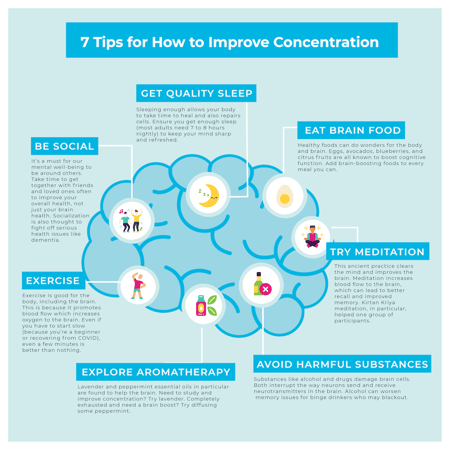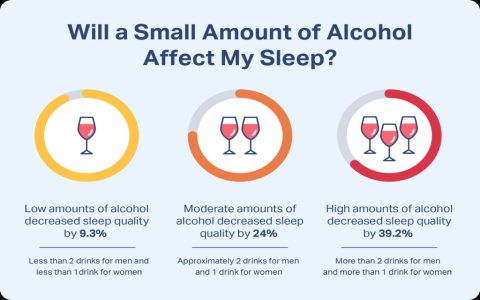The Concept of Human Blinders
Just as horse blinders restrict peripheral vision to focus attention forward, "human blinders" are strategies to minimize environmental, digital, and internal distractions. Their effectiveness lies in reducing cognitive load on the brain's prefrontal cortex, allowing deeper concentration on a single task.
Implementing Visual Blinders
Optimize Your Physical Workspace:
- Reduce Clutter: Clear non-essential items from your immediate desk space.
- Control Line of Sight: Position your desk facing a wall or window instead of high-traffic areas. Use monitors strategically as visual barriers.
- Literal Focus: Employ focused task lighting like a desk lamp; the lit area signals your brain to prioritize that space.
Establishing Auditory Blinders
Counter unpredictable auditory disruptions often more detrimental to flow than visual ones.

- Use Noise Control: Active noise-cancelling headphones block ambient noise.
- Employ Masking Sounds: Play white noise, brown noise, or non-lyrical ambient music (e.g., classical, lo-fi) at low volume through headphones or speakers.
- Communicate Boundaries: Signal deep focus periods using a "Do Not Disturb" sign or status indicator.
Applying Digital Blinders
Combat the primary modern distraction source:
- Leverage Built-in Tools: Activate "Do Not Disturb" modes, "Focus" features on devices, turning off non-essential notifications system-wide.
- Use Website/App Blockers: Install specialized tools that block access to distracting websites or applications during scheduled focus sessions.
- Single-Tab Principle: Close all browser tabs unrelated to your current task. Use tab suspender extensions if necessary.
Strengthening Cognitive Blinders
Cultivate internal resilience against mind wandering.
- Define Precise Tasks: Work on one specific micro-task at a time. Clarity reduces ambiguity.
- Time-Box Deep Work: Use the Pomodoro Technique or similar: dedicate 25-50 minute blocks solely to focused effort, followed by short breaks.
- Pre-Commit: Decide on your task and method before starting. Record distracting thoughts on paper for later review.
- Practice Attention Anchoring: Briefly bring focus back to physical sensations (breath, posture) when distracted to reground yourself.
Integrating Blinders Effectively
Consistency yields the greatest benefits. Begin with one blinder technique—perhaps digital—for daily short bursts. Gradually combine methods (e.g., visual workspace + app blocker + Pomodoro). Experiment systematically to discover your optimal distraction-resistant configuration.







